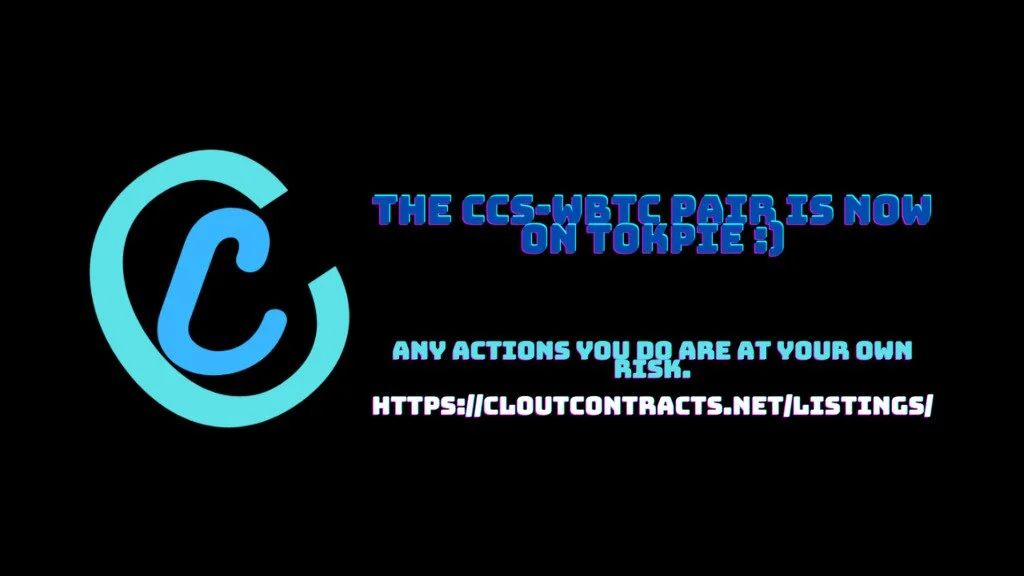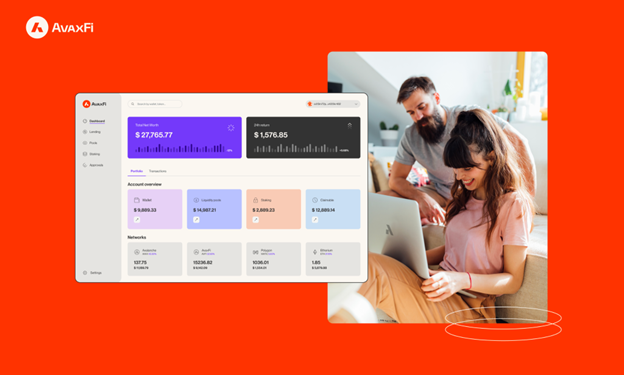Mortgage rates more than doubled last year and have remained stubbornly higher in 2023, with the average APR on 30-year loans running around 6.5 percent to 7 percent. For most borrowers, that’s not the ideal climate for replacing a current loan with a new one.
Regardless, a refinance might be in your near future for many reasons. Here’s how refinancing a home works, the common options available to you and pros and cons to consider.
What is refinancing?
The term “refinance” is actually a bit misleading. When you refinance your mortgage, you’re not redoing it; you’re actually replacing your current mortgage with an entirely new loan. You could refinance with your current lender or work with a different lender completely.
Refinancing has a lot of advantages: It can allow you to lower your monthly payment, save money on interest over the life of your loan, pay your mortgage off sooner and draw from your home’s equity if you need cash.
Refinancing also comes with closing costs, which can affect your decision. Consider how long it will take for the refinancing costs to pay off compared to how long you plan to stay in the home, and whether you can afford the new payment. If you’re taking cash out, consider, as well, whether you’ll still have enough equity remaining in your home. Brush up on these common mortgage refinance myths to help you decide what makes financial sense for you.
How to refinance your mortgage
What happens when you refinance your home or rental property? The refinancing process is similar to the purchase mortgage application process: The lender reviews your finances to assess your level of risk and determine your eligibility. Here’s what you can expect:
- Set a clear financial goal
- Check your credit score and history
- Determine how much home equity you have
- Shop multiple mortgage lenders
- Get your paperwork in order
- Prepare for the home appraisal
- Come to the closing with cash, if needed
- Keep tabs on your loan
Step 1: Set a clear financial goal
There should be a good reason why you’re refinancing, whether it’s to reduce your monthly payment, shorten your loan term or pull out equity for home repairs or debt repayment.
What to consider: If you’re reducing your interest rate but restarting the clock on a 30-year mortgage, you might pay less every month, but you’ll pay more over the life of your loan in interest.
Step 2: Check your credit score and history
You’ll need to qualify for a refinance just as you needed to get approval for your original home loan. The higher your credit score, the better refinance rates lenders offer you — and the better your chances of underwriters approving your loan. For a conventional refinance, you’ll need a credit score of 620 or higher to be approved.
What to consider: While there are ways to refinance your mortgage with bad credit, spend a few months boosting your credit score, if you can, before you contact lenders for rates.
Step 3: Determine how much home equity you have
Your home equity is the total value of your home minus what you owe on your mortgage. To figure it out, check your latest mortgage statement to see your current balance. Then, check home search sites or have a professional appraisal to estimate your home’s value. Your home equity is the difference between the two. For example, if you still owe $250,000 on your home, and it’s worth $325,000, your home equity is $75,000.
What to consider: You’ll get better rates and fewer fees (and won’t have to pay for private mortgage insurance) if you have at least 20 percent equity in your home. The more equity you have in your home, the less risky the loan is to the lender.
Step 4: Shop multiple mortgage lenders
Getting quotes from at least three mortgage lenders can help you maximize your savings when you refinance. Once you’ve chosen a lender, discuss when it’s best to lock in your rate so you won’t have to worry about rates climbing before your refinance closes.
What to consider: In addition to comparing interest rates, pay attention to the various loan fees and whether they’ll be due upfront or rolled into your new mortgage. Lenders sometimes offer no-closing-cost refinances, but charge a higher interest rate to compensate.
Step 5: Get your paperwork in order
Gather recent pay stubs, federal tax returns, bank/brokerage statements and anything else your mortgage lender requests. Your lender will also look at your credit score and net worth, so disclose all your assets and liabilities upfront.
What to consider: Having your documentation ready before refinancing a mortgage can make the process go more smoothly and often faster.
Step 6: Prepare for the home appraisal
Mortgage lenders typically require a home appraisal (similar to the one done when you bought your house) to determine its current market value. A professional appraiser will evaluate your home based on specific criteria and comparisons to the value of similar homes recently sold in your neighborhood.
What to consider: You’ll pay a few hundred dollars for the appraisal. Let the lender or appraiser know of improvements, additions or major repairs you’ve made since purchasing your home; this could lead to a higher refinance appraisal.
Step 7: Come to the closing with cash, if needed
The closing disclosure, as well as the loan estimate, list the closing costs to finalize the loan.
What to consider: You might be able to finance the costs, which can amount to a few thousand dollars, but you will likely pay more for it through a higher interest rate or total loan amount. Do the math for yourself, but know that it often makes more financial sense to pay closing costs upfront if you can afford to.
Step 8: Keep tabs on your loan
Some lenders give you a lower rate if you sign up for autopay. Store copies of your closing paperwork in a safe place.
What to consider: Your lender or servicer might resell your loan on the secondary market either immediately after closing or years later. That means you’ll owe mortgage payments to a different company, so keep an eye out for mail notifying you of such changes. The loan terms themselves shouldn’t change, though.
Reasons to refinance
- You can get a lower interest rate. Whether your credit has dramatically improved since you first secured your mortgage or the market has changed, access to a lower interest rate can save you loads of money over the course of the loan. That said, in today’s rate environment, you’re unlikely to save significantly unless you got your original mortgage at least 10 years ago.
- You can get a different kind of loan. Maybe you want to replace the uncertainty of an adjustable-rate mortgage with a fixed-rate mortgage, or maybe you’re hoping to stop paying FHA mortgage insurance by switching to a conventional loan. Refinancing gives you the chance to explore all home loan types to find an option that works better for your finances.
- You can use your equity to borrow more money. In addition to saving money, refinancing might help you access more funds. Cash-out refinancing allows you to leverage the equity you’ve accumulated to borrow more money. While this adds to your debt, it can help you secure funding for big expenses — a home improvement project or college education, for example — typically at a lower interest rate compared to credit cards or other loans.
- You can shorten your loan. If you currently have 20 years left on a 30-year mortgage, for instance, you might want to refinance into a 15-year loan for a long-term savings opportunity. Your monthly payments could go up, but you’ll pay off your home faster.
Deciding if a mortgage refinance is right for you
Refinancing can be one of the most significant financial decisions you make. If you’re planning to remain in your home for years to come, extending your loan term to lower monthly payments — or using the equity you’ve built to finance home improvements — can make sound financial sense. You can even refinance multiple times, as long as you abide by your lender’s waiting period (if they have one).
Knowing when’s a good time to refinance your mortgage is key. It depends not only on your own current financial situation, but also on the general financial climate. When it’s volatile — as it has been since 2022, with interest rates moving up — you might want to hold off on a major move.





